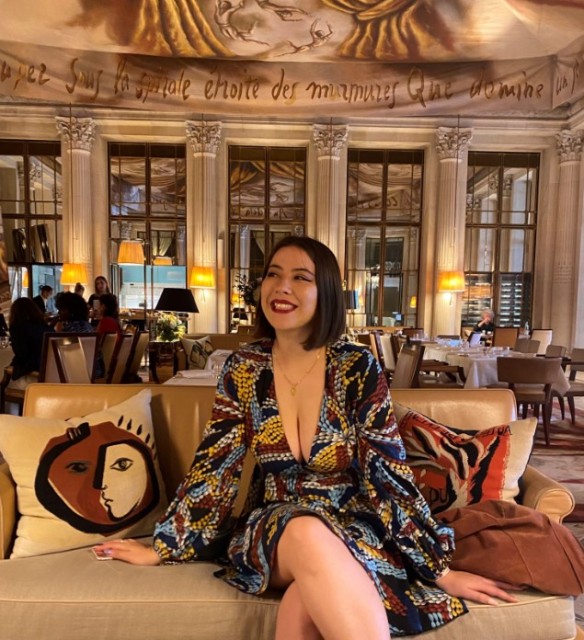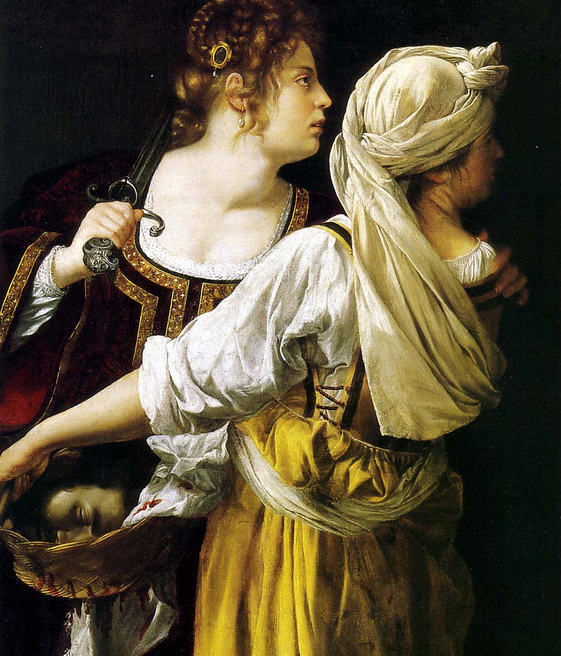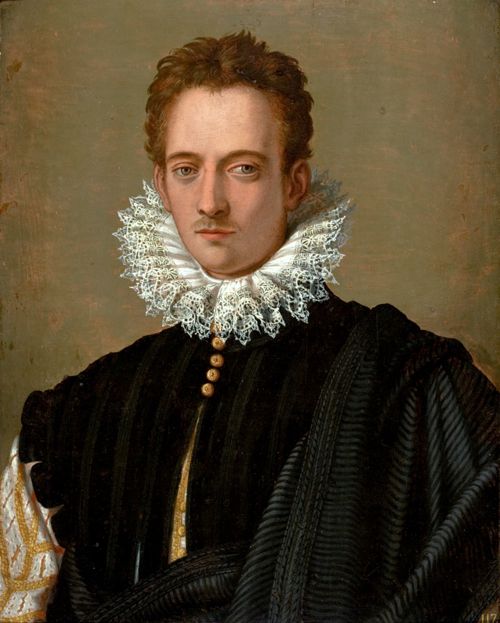I’m reposting this because it was faintly amusing and outrageous at the same time. The incident occurred in September 2020.
Two days ago, a French woman named Jeanne was barred from entering the famous Musée d’Orsay art museum. Why? Because she was wearing a dress with a devilish décolletée and a portion of her boobs was showing. This in a world-class museum that hangs famous paintings of naked women and men on its walls (Degas, Renoir, Manet.) I was not aware that in France women’s bodies were regulated and condemned in this way. We are not in Saudi Arabia. This is a slippery slope that needs to be stopped in its tracks. Next thing you know, Jeanne will be needing a male guardian to accompany her while she wears an abaya (I exaggerate to make a point.)
When will authority figures leave women (and their bodies) alone?
To be fair, it was not the fault of the Musée d’Orsay, but rather one individual, a ticket agent, who happened to be a woman. Two other agents intervened, one of them a security guard, who defended their colleague. A security guard? Was this a terrorist situation? Were Jeanne’s breasts a potential security threat? The absurdity! The situation got out of hand, Jeanne stood her ground, and a compromise was made: if she put on her jacket to cover her offending bosoms, then she’d be let in. Needless to say, the incident went viral, the Musée d’Orsay became a laughingstock, and someone from the Communications Department pinned the following tweet on their official Twitter Page –
Nous avons pris connaissance d’un incident survenu avec une visiteuse lors de son accès au musée d’Orsay. Nous le regrettons profondément et présentons toutes nos excuses à la personne concernée que nous contactons.
We learned of an incident that occurred with a visitor when she entered the Musée d’Orsay. We deeply regret this and offer our apologies to the person concerned that we contact.
A museum official then telephoned Jeanne to give what she called “a very sincere apology.” Jeanne said she was satisfied with the phone call, but the museum’s brief tweet failed to recognise the “sexist and discriminatory” nature of what happened.
As for me, I’m thinking: (a) how did the museum official get Jeanne’s phone number? (b) for someone who works in the Communications Department of a world-class museum, he or she can’t write very well; (c) as a goodwill gesture for the trouble caused, Jeanne should have been offered a free pass for a year; and (d) I hope those agents are not only reprimanded but reminded that we do not live under a repressive authoritarian regime but in France whose national motto is Liberté, égalité, fraternité!
Here’s Jeanne and her offending bosoms, hours before heading off to the Musée d’Orsay.
I later learned that the security guards claimed that Jeanne was in violation of Article 7 of the museum’s Rules and Regulations: visitors are prohibited from “wearing clothing likely to disturb public peace”.
Again, the absurdity!





